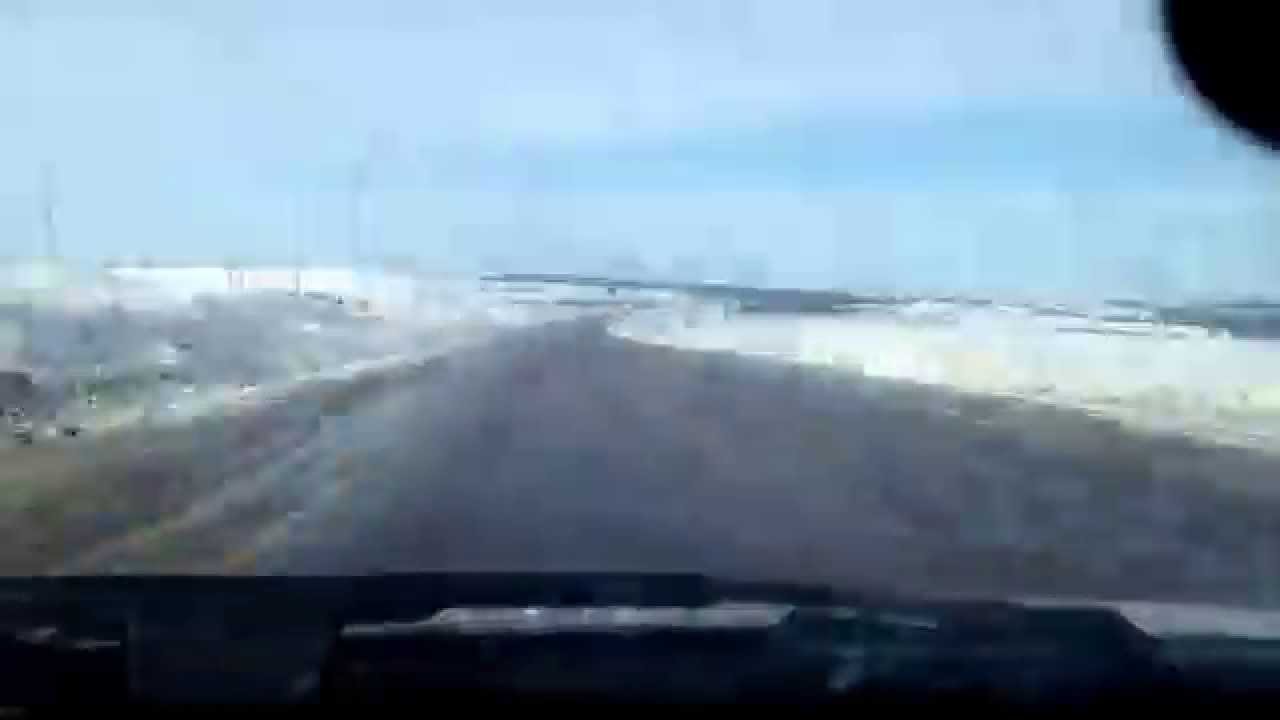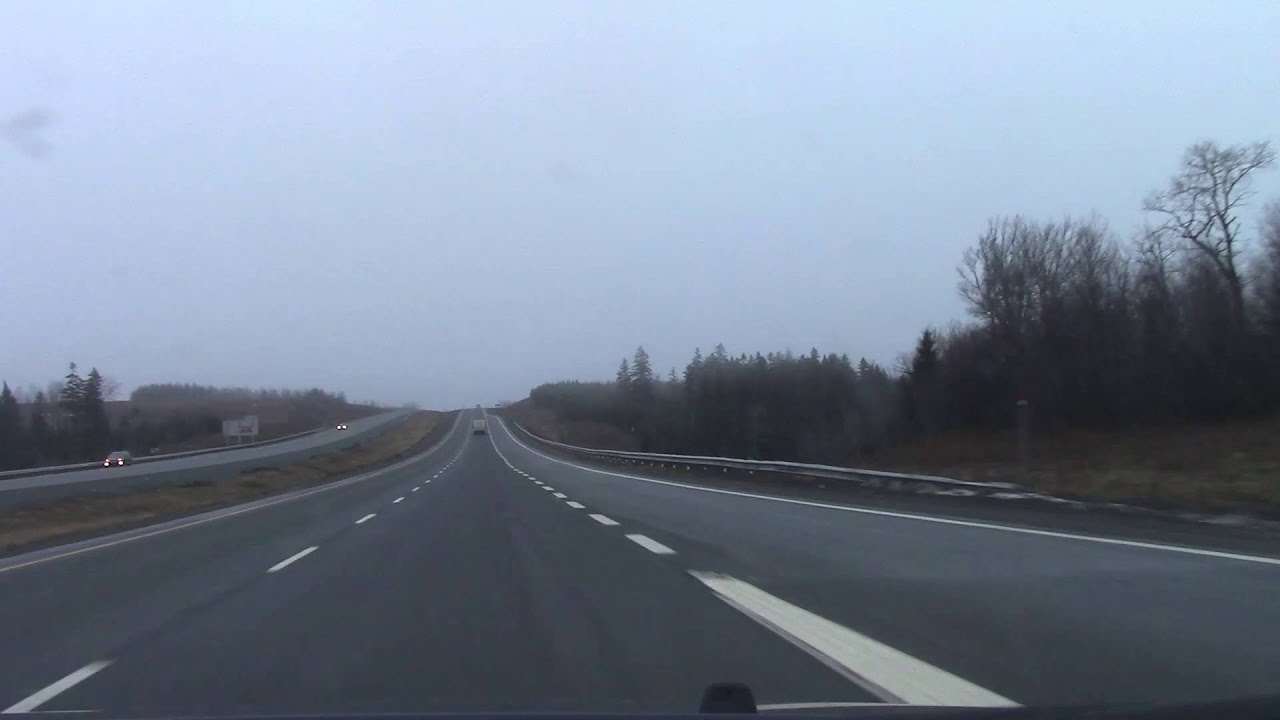Cobequid Pass Camera provides a crucial real-time view of traffic conditions along this vital transportation route. This system offers significant benefits, from enhancing road safety and assisting emergency services to improving traffic flow and boosting the regional economy. Understanding its capabilities, limitations, and future potential is key to optimizing its effectiveness and ensuring the safety of all users.
This analysis delves into the intricacies of the Cobequid Pass camera network, examining its location, functionality, and impact on traffic management. We explore the technological specifications of the cameras, the data transmission methods employed, and the security measures in place. Furthermore, we discuss the system’s use cases, limitations, and potential areas for improvement, providing a holistic perspective on its role in maintaining efficient and safe passage through the Cobequid Pass.
Cobequid Pass Camera System Overview
The Cobequid Pass, a vital transportation artery, benefits from a network of strategically placed cameras designed to enhance safety, manage traffic flow, and provide real-time information to drivers and emergency services. This system offers a comprehensive view of traffic conditions, allowing for proactive responses to incidents and efficient resource allocation. This article details the traffic patterns, camera locations and functionality, use cases, and limitations of this crucial infrastructure.
Cobequid Pass Traffic Conditions
Traffic patterns on the Cobequid Pass exhibit significant variation depending on time of day and day of the week. Peak hours typically see increased congestion, particularly during weekday commutes. Adverse weather conditions such as snow, fog, and heavy rain significantly impact traffic flow, often leading to reduced speeds and increased travel times. Weekday traffic volume generally surpasses weekend volume, reflecting the higher commuter traffic during the work week.
The types of vehicles observed include a mix of passenger cars, commercial trucks, and buses, with the proportion varying according to the time of day and day of the week.
| Time of Day | Average Travel Time (minutes) | Traffic Density | Weather Conditions |
|---|---|---|---|
| 7:00 AM – 8:00 AM | 25-35 | High | Typically clear, potential for fog |
| 12:00 PM – 1:00 PM | 15-20 | Moderate | Generally clear |
| 5:00 PM – 6:00 PM | 30-45 | High | Clear or potential for rain |
| 10:00 PM – 11:00 PM | 10-15 | Low | Generally clear |
Cobequid Pass Camera Locations and Coverage

Several cameras are strategically positioned along the Cobequid Pass to provide comprehensive coverage. Each camera’s placement is determined by factors such as maximizing visibility of critical areas, ensuring sufficient overlap between adjacent cameras, and optimizing monitoring of potential hazards. The field of view for each camera varies depending on its location and purpose, ranging from wide-angle shots encompassing significant stretches of the highway to more focused views of specific intersections or high-risk areas.
Image quality and resolution are generally consistent across all camera locations, ensuring clear visibility under most conditions.
A detailed map illustrating camera locations and their respective coverage areas would be included here. The map would utilize a consistent scale, a clear legend identifying camera locations and coverage zones using distinct markers (e.g., different colored icons or shapes), and would be optimized for clarity and ease of interpretation. The map scale would be clearly indicated, allowing for accurate distance estimations between camera locations.
Cobequid Pass Camera Functionality and Features

The Cobequid Pass camera system employs high-resolution digital cameras with advanced features designed to capture clear images in various weather conditions. These cameras utilize robust data transmission methods, ensuring reliable and continuous image relay to the monitoring center. Specific technical specifications, such as the type of cameras, resolution, and image frequency, are not publicly available for security reasons.
However, the system incorporates features designed to enhance image quality under adverse weather conditions, such as advanced image processing algorithms that compensate for low light, fog, and rain. Security measures, including encryption and access control protocols, are in place to protect camera feeds and data from unauthorized access.
Public accessibility of the camera feeds is limited; however, summarized traffic information may be available through official transportation websites or apps.
Cobequid Pass Camera Use Cases and Benefits

The camera footage has proven invaluable in enhancing road safety, assisting emergency responders, and improving traffic management. For instance, recorded footage has been used to investigate accidents, identify reckless driving behaviors, and provide evidence for law enforcement. The cameras play a crucial role in assisting emergency responders by providing real-time visual information about incident locations, traffic conditions, and potential hazards.
This information helps responders plan efficient routes, assess the severity of incidents, and coordinate their response effectively.
By monitoring traffic flow, the cameras contribute to efficient traffic management. This data can be used to identify bottlenecks, predict potential congestion, and implement strategies to optimize traffic flow. Improved traffic flow translates to reduced travel times, lower fuel consumption, and reduced emissions, ultimately leading to significant economic benefits.
In a hypothetical scenario, a sudden traffic blockage due to an accident could be detected instantly by the cameras. This would allow authorities to quickly dispatch emergency services, implement traffic diversions, and inform drivers through real-time traffic updates, minimizing delays and preventing further incidents.
Monitoring traffic flow at Cobequid Pass is often done using strategically placed cameras. The technology involved in such surveillance systems is quite sophisticated, and one can draw parallels to the technology used in detecting and responding to threats, such as the recent kazan drone attack , which highlights the importance of advanced monitoring capabilities. Understanding these systems, whether for traffic management or national security, requires a nuanced approach to data analysis and interpretation, making the Cobequid Pass camera system a useful case study.
Cobequid Pass Camera Limitations and Challenges

Despite its benefits, the camera system has limitations. There may be blind spots or areas with limited camera coverage due to geographical constraints or obstructions. Maintaining and operating the camera system presents ongoing challenges, including equipment maintenance, software updates, and dealing with potential technical malfunctions. Adverse weather conditions can occasionally affect image quality or data transmission, although the system incorporates features to mitigate these effects.
Monitoring traffic flow at Cobequid Pass often involves reviewing camera footage, a task made more complex by the need to consider potential threats. The recent developments surrounding the kazan drone attack highlight the vulnerability of infrastructure to unconventional attacks, reminding us of the importance of robust security measures. Therefore, regular checks of Cobequid Pass camera feeds are crucial for maintaining both safety and operational efficiency.
The effectiveness of the current system could be further enhanced through the addition of more cameras in strategic locations, implementing advanced analytics for predictive traffic management, and integrating the system with other transportation infrastructure.
Monitoring Cobequid Pass with its network of cameras offers valuable insights into traffic flow and potential hazards. The recent incidents, such as the sophisticated kazan drone attack , highlight the increasing need for robust surveillance systems. Understanding these technological advancements informs the development of improved security measures for locations like Cobequid Pass, ensuring both safety and efficiency.
Vandalism or deliberate damage to the cameras could significantly impact the system’s functionality, highlighting the importance of robust security measures and regular system maintenance.
The Cobequid Pass camera system stands as a testament to the power of technology in enhancing road safety and optimizing traffic flow. While challenges remain in terms of coverage and maintenance, the system’s overall contribution to the region is undeniable. Continued investment in upgrades and technological advancements will further solidify its role in ensuring safe and efficient travel through the Cobequid Pass, contributing to both economic prosperity and public safety.
FAQ Overview: Cobequid Pass Camera
What type of cameras are used in the Cobequid Pass system?
The specific camera models are not publicly available, but they are likely high-resolution, weatherproof cameras capable of operating in diverse conditions.
How often are the camera images updated?
The image update frequency is not specified publicly, but it’s likely frequent enough to provide real-time traffic information.
Are the camera feeds accessible to the general public?
Public accessibility of the live camera feeds needs to be verified through official sources. Many similar systems offer limited or no public access.
What happens if a camera malfunctions?
Maintenance protocols should be in place to address malfunctions promptly. This might include remote diagnostics, repairs, or camera replacement.
